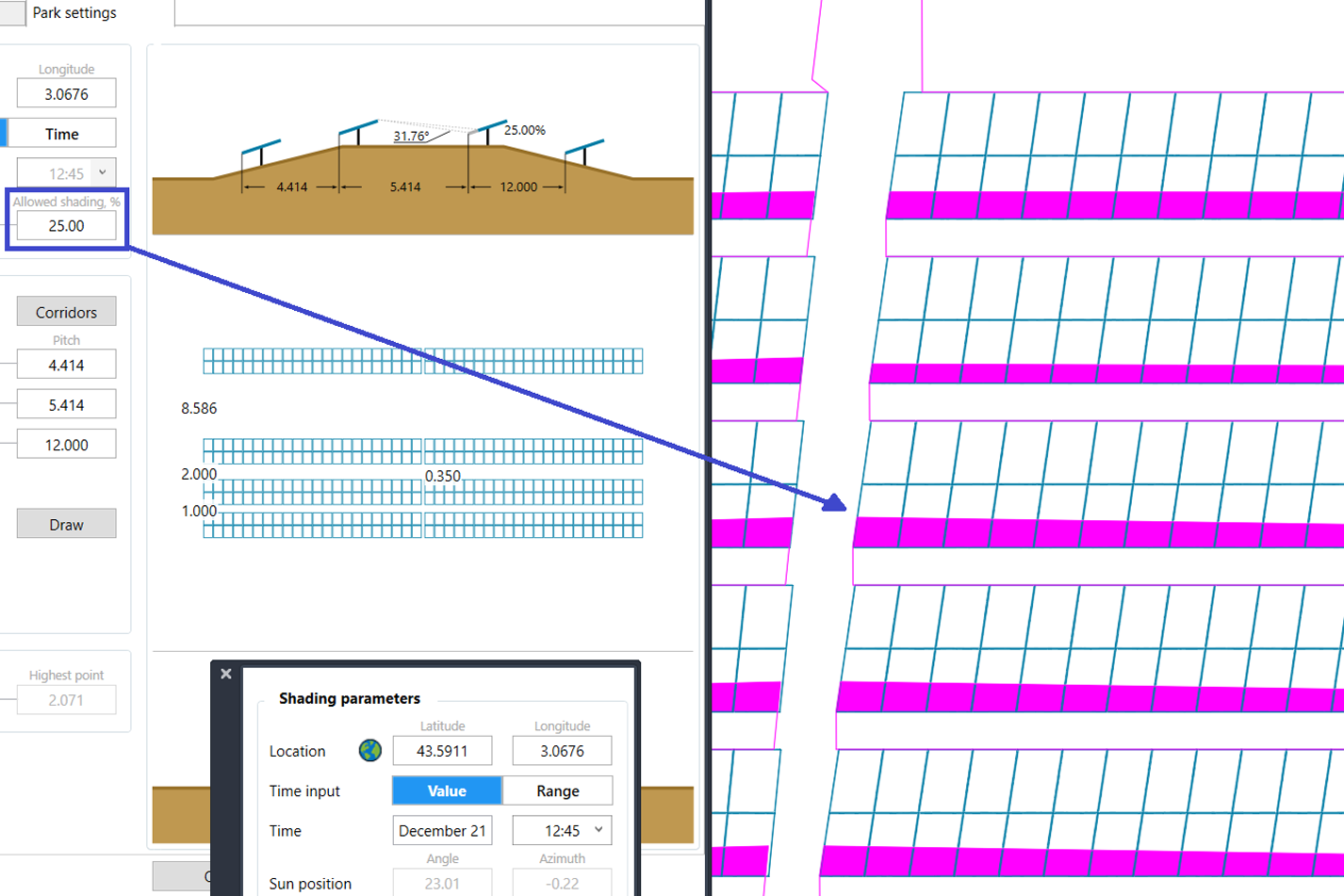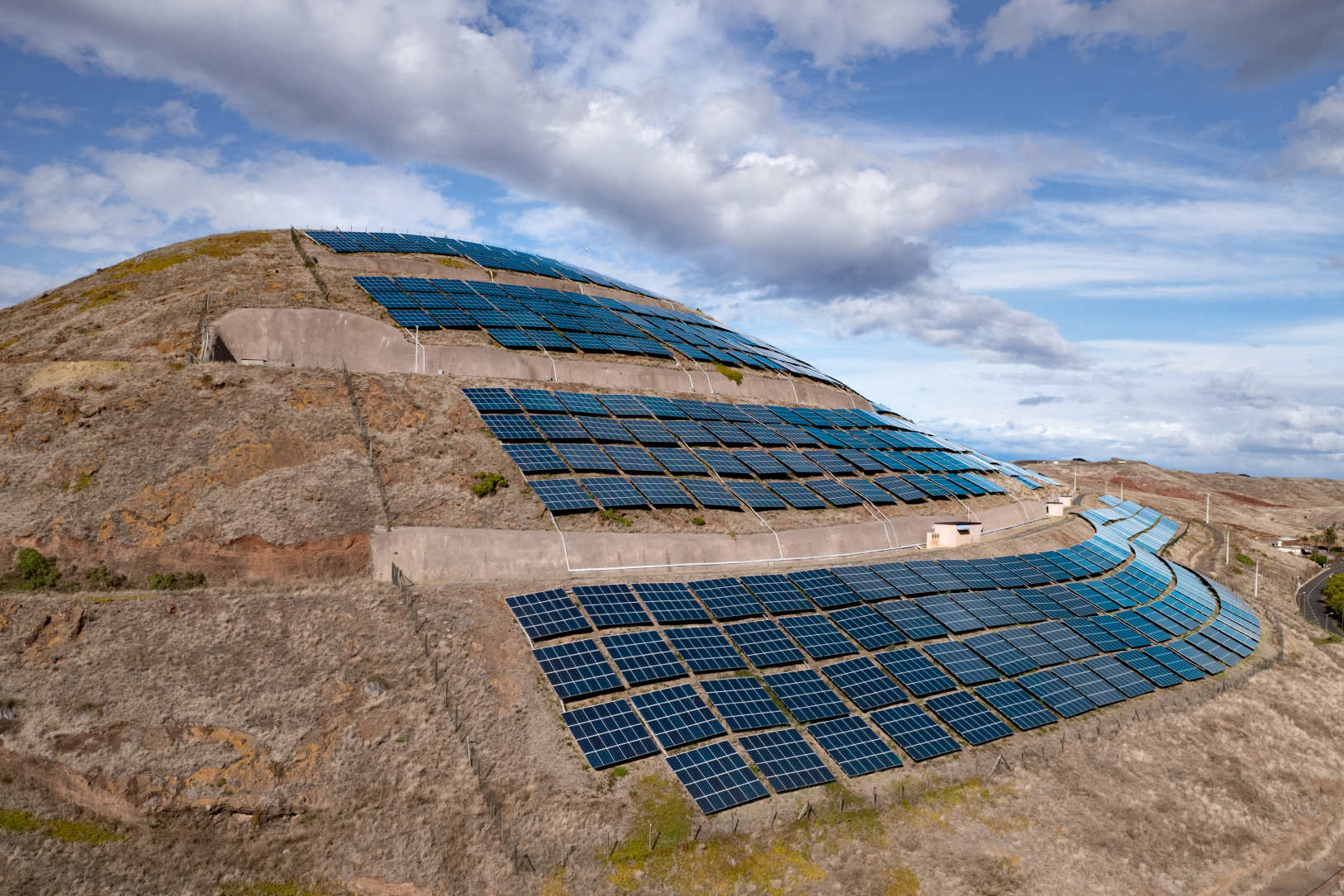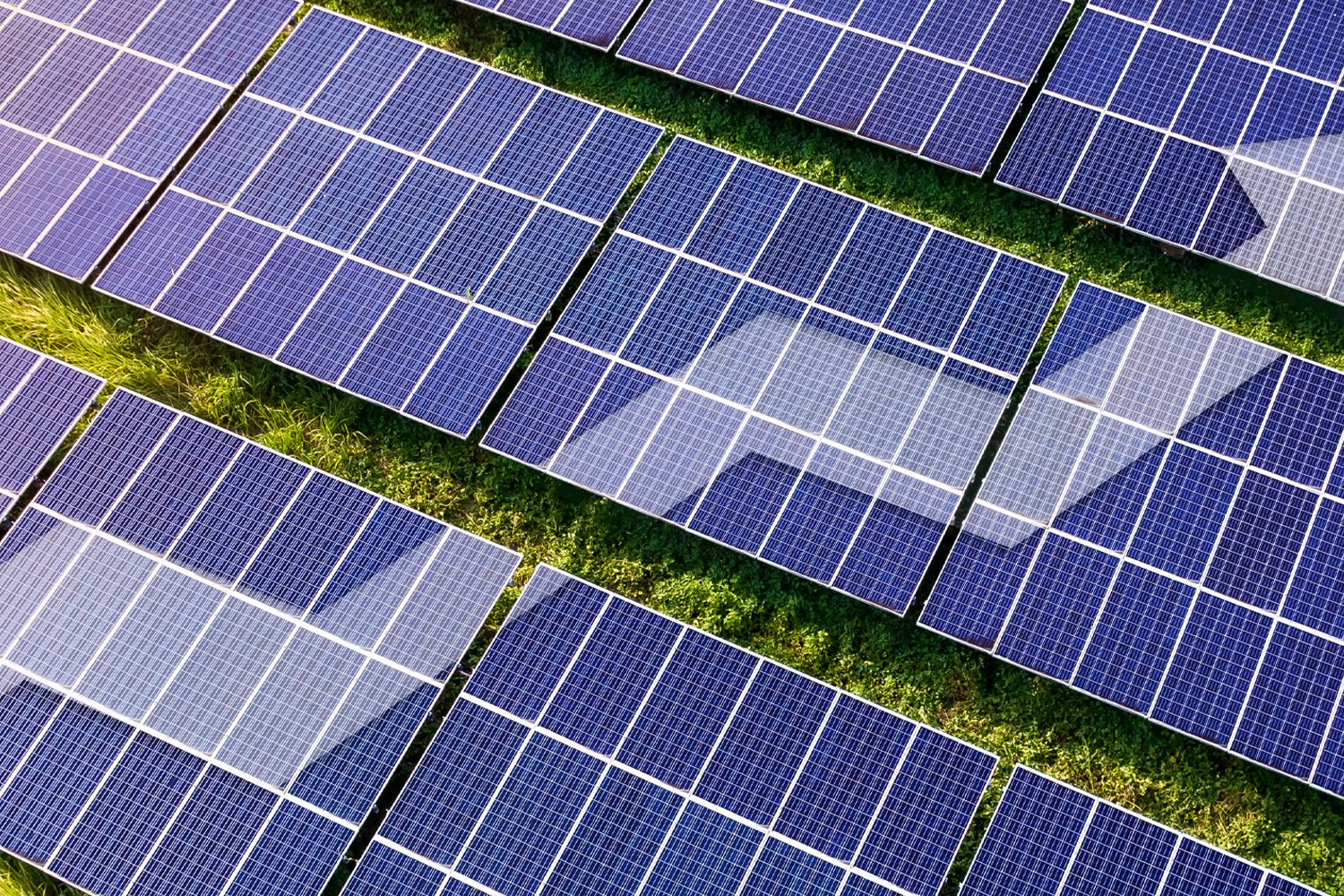Solar panels can last more than 25 years when properly cared for; however, it’s natural for them to degrade over time. Homeowners and businesses that invest in solar can further reduce their environmental impact by recycling their solar panels and batteries when they are no longer useful.
Research shows that solar panel waste can be hazardous; proper recycling also supports the health of society as a whole by keeping toxic minerals out of landfills. So, what are the methods for recycling solar panels and batteries? Continue reading to find out.
Understanding the components of solar panels and batteries
According to the Environmental Protection Agency (EPA), crystalline-silicon solar systems make up the majority of the current market share. Here are a few components that make up these solar panels, some overlapping with other solar panel models.
- Glass: on average, the glass used in solar panels comprises 75% of their weight and can easily be recycled.
- Aluminum: many panels have an aluminum frame that can also be recycled easily.
- Copper wire: this wiring creates connections within the panels and can be recycled.
- Plastic components: some plastic materials can also be disassembled and recycled.
- Lithium-ion batteries: these create a recycling challenge. The EPA is working to improve lithium battery recycling processes.
One of the challenges with recycling solar panels is separating individual components. Well-maintained solar energy systems should be difficult to disassemble, but homeowners often find it difficult to separate the glass components from the aluminum and plastic ones.
There is also a drive to recover the precious metals used to create solar panels. This keeps the metals out of landfills and allows them to be reused to create additional panels.
Hazardous materials in solar panels and batteries
While most solar energy systems are safe to recycle, some parts can contain hazardous waste that requires careful disposal. The North Carolina Department of Environmental Quality listed a few potentially harmful substances, including “silver, lead, arsenic, cadmium, selenium, and chromium.”
Improper handling and disposal of hazardous waste can cause severe health effects, including cancer, genetic mutations, and birth defects. Entire communities can be hurt if hazardous waste seeps into water supplies and other public resources.
This is why solar panel recycling should not be handled on an individual level. Recycling professionals can maximize the amount of recycled materials while safely handling potentially hazardous waste.

Legal requirements for solar panel and battery recycling
Federal and state governments need to lead the way in mandating solar panel and battery recycling. Public policies can help private companies and individual counties adopt best practices for keeping solar waste out of landfills.
As of 2022, there are no federal regulations for recycling solar panels, and less than 10% of the decommissioned panels in the United States are recycled. Even the European Union struggles with recycling. Country-wide mandates require solar panels to be recycled, but only about 80% of the mass is recovered. The remaining 20% is incinerated, often including hazardous metals.
Everyone needs to take responsibility for recycling solar waste. Consumers need to know that recycling is an option and installers need to plan for solar end-of-life care. Solar manufacturers play a role in reducing the amount of waste they create in the development process and recycling what leftover waste they produce.
Step-by-step guide to recycling solar panels
The solar recycling process looks different depending on whether you’re a customer or an installer. Customers should always work with professional solar companies to install, repair, decommission, and replace panels.
When these companies remove your old panels, they transport them to a solar recycling facility and break them apart by their different components. The Wisconsin Department of Natural Resources has an excellent guide for what can be reused and recycled. Aluminum, copper, and steel can be recycled as scrap metal, while solar panels and batteries can be reused in new systems.
Deconstructing and sorting are two key steps of the solar recycling process. The final step is to recycle or reuse each part in its own way.
Innovative technologies in solar panel recycling
While the solar panel recycling process may be cumbersome now, researchers and innovators are working to improve it. Engineers at the University of Kansas (KU) are developing ways to separate the various layers that are fused during the panel creation process. This makes it easier to sort the materials. They also want to use ozone to recover more of the precious metals.
The team at KU wants these processes to be scalable and have a limited environmental impact so they can be easily adopted industry-wide. They can potentially make solar recycling easier so more people do it.
Best practices for battery recycling
The EPA outlines best practices for recycling lithium-ion batteries:
- Companies can collect batteries from consumers who want to recycle them.
- The batteries can be disassembled for easier transportation or sent directly to a recycling facility.
- Each battery will be evaluated to see if it could be repaired or reused.
- If the battery cannot be salvaged, it should be shredded. The recycling company will discharge the battery to remove any power source and then destroy it. Then, any valuable materials can be collected and reused.
Other batteries will follow similar recycling steps, with the same goals of safely transporting the batteries, storing them until they can be evaluated, and then either repairing or shredding them to collect scraps and precious metals.
Environmental and economic benefits of proper recycling
Recycling solar panels and batteries has direct environmental impacts. It keeps hazardous materials out of the environment and conserves raw materials that can be reused instead of sent to landfills.
However, recycling can also reduce the impact of mining worldwide, which has a serious environmental impact. The EPA highlights how one ton of battery-grade cobalt can come from five to 15 tons of lithium-ion batteries. When precious metals are recycled, less is needed to tear into the Earth.
Repairing and recycling solar panels and batteries instead of producing new ones also reduces greenhouse gas emissions from factories that create these products. One small step — recycling your solar panels — can have a significant environmental impact in many ways.
Challenges and future outlook for solar panel and battery recycling
While there is a lot of optimism around recycling solar panels, there are still some barriers. A lack of education is the first obstacle. The experts who find viable land and install your solar panels need to know that recycling is an option and have access to solar and battery recycling facilities.
Additionally, there needs to be better processes in place to disassemble panels and use each element effectively. Not only will this allow recycling plants to get more out of the panels, but they will also release fewer carbon emissions in the process.
Researchers and innovators can work to overcome these hurdles as long as there is a drive to recycle solar panels better. Solar recycling starts with consumers who care about their environmental impact, from manufacturing to solar end-of-life care.
You might also be interested in:
March 26, 2025
PVcase Yield product guide: revolutionize solar energy modeling with advanced technology
Download PVcase Yield product guide and discover how PVcase Yield is transforming solar energy modeling with its advanced digital twin technology and physics-based simulations.…
March 25, 2025
The impact of Zoning Data on strategic site selection
Zoning Data encompasses the information used by local governments to classify land use. Learn how this new addition to PVcase Prospect enables solar developers to choose a project…
March 24, 2025
PVcase’s spring product updates: what’s new
PVcase and HeatSpring offer a new training bundle on utility-scale solar engineering for solar designers and engineers.
March 5, 2025
Why fiber data is non-negotiable for data center site selection
Discover why integrating fiber data into your data center site selection process is crucial for reducing costs, accelerating deployment, and improving network resilience.
February 20, 2025
PVcase Ground Mount wins G2 2025 Best CAD & PLM Software award
PVcase and HeatSpring offer a new training bundle on utility-scale solar engineering for solar designers and engineers.
February 18, 2025
PVcase partners with HeatSpring for advanced utility-scale solar training
PVcase and HeatSpring offer a new training bundle on utility-scale solar engineering for solar designers and engineers.
February 3, 2025
Solving ground mount solar design challenges. A guide by engineers, for engineers
Download our e-book for expert insights and actionable solutions to the common pain points you encounter in your day-to-day work, and start taking back your development time.
January 15, 2025
Award-worthy solar software: PVcase’s impact in 2024
Explore how PVcase's award-winning product suite is combating climate change through innovative software and what achievements were recognized the most.
January 14, 2025
Top 10 questions asked during the PVcase Digital SmartUp’24 — answered
Customers ask, we answer — read the article to find answers to the top 10 most asked questions at the exclusive PVcase Digital SmartUp'24 event.
January 10, 2025
Developing solar projects on challenging land
Solar developers face fierce competition, congested grids, and a shrinking pool of ideal sites. What's the solution? Read and and learn how to develop on challenging land instead.
December 12, 2024
Why Locational Marginal Pricing (LMP) data is essential for solar development?
Locational Marginal Pricing (LMP) data helps solar developers forecast profitability, minimize financial risk, and optimize site selection. Let’s break down what LMP data is, its…
December 11, 2024
PVcase product updates — November highlights
With PVcase November updates, you can achieve faster, more accurate results today — no need to make them your New Year’s resolutions. Dive into the major updates from the PVcase…
December 9, 2024
The importance of quality GIS data for solar site selection
Discover the impact of high-quality GIS data on solar site selection. Learn how parcel data, grid capacity, and LMP data optimize solar project development, reduce risks, and…
December 2, 2024
Consequences of extreme weather events: can we still afford it?
Floods, hurricanes, wildfires — whether we want them or not, extreme weather events have become the new normal. This year alone, there have been 24 billion-dollar weather…
November 14, 2024
Fail fast, succeed faster: the developer’s guide to streamlining solar projects with early-stage development software
Discover how solar developers thrive by adopting the 'fail fast, succeed faster' approach. Explore the role of early-stage development software, such as PVcase Prospect, in…
















